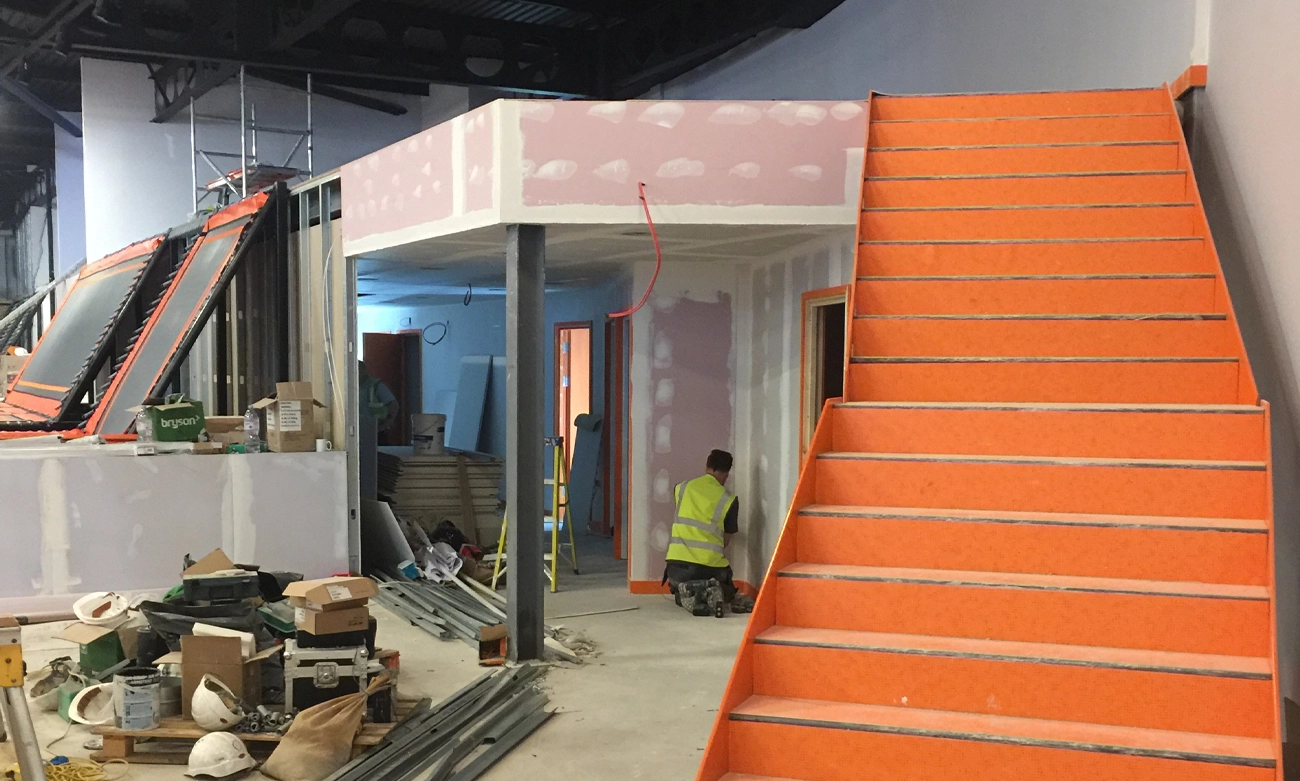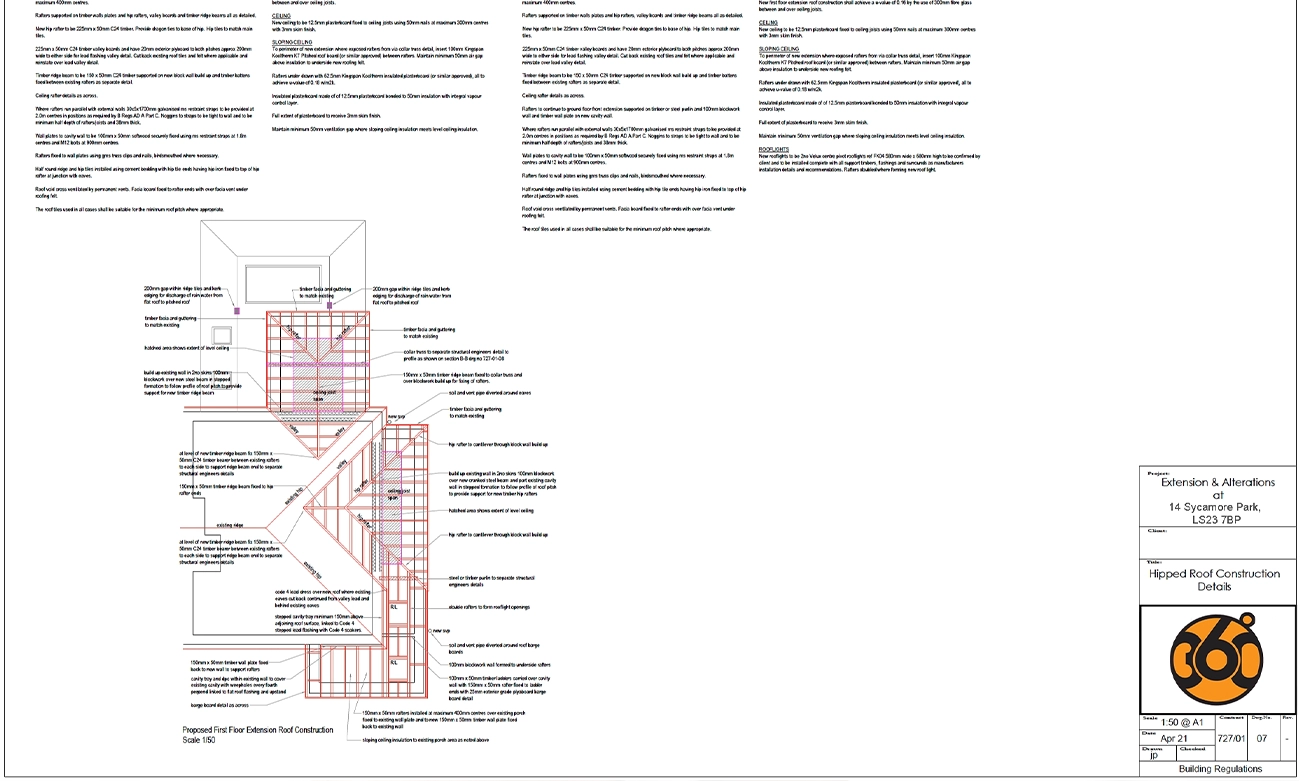Understanding CDM 2015 for Domestic Clients and Residential Construction Projects.
by Martha BlondUnderstanding CDM 2015 for Domestic Clients and Residential Construction Projects
Under the 2015 update to the CDM Regulations, the requirements for domestic projects and clients have changed. Unlike CDM 2007, the 2015 regulations apply in full to residential work. In this article, we explore what qualifies as a domestic project and how the CDM 2015 regulations apply in these cases.
Does CDM 2015 Apply to Residential Projects?
The short answer is yes — CDM 2015 does apply to residential projects and those involving domestic clients.
If you’re unsure, it’s likely due to the previous CDM 2007 regulations, where domestic projects were largely exempt. Under CDM 2007, notification wasn’t required, key duty holders didn’t need to be appointed, and domestic clients had no legal duties under the regulations.
However, CDM 2015 introduced significant changes. It now applies fully to domestic projects. While a few exceptions remain, domestic projects are generally treated in the same way as commercial ones. That said, there are some important differences in how domestic clients are treated under the regulations — and understanding these distinctions is key to compliance.
Who Qualifies as a Domestic Client Under CDM 2015?
According to the Construction (Design and Management) Regulations 2015, a domestic client is defined as a client who is having construction work carried out that is not in the course or furtherance of a business.
For example, ifcMr & Mrs Smyth is having a bathroom refurbished or building an extension for a playroom at home, they would be considered a domestic client — the work is for personal use and unrelated to any business activity.
However, if the same work involved creating a home office for business purposes or an extension to run a childminding service, it would not fall under the definition of a domestic client. Even though the work takes place at their home, it is linked to a business, and therefore, Mr & Mrs Smyth would be treated as a commercial client under CDM 2015.
If Mr & Mrs Jones are building a house to live in, they would be considered a domestic client under CDM 2015. However, if the intention is to sell or rent the property once it’s completed, the project would be connected to a business activity — and Mr & Mrs Jones would not be classed as a domestic client.
This highlights an important distinction: not all residential projects are domestic projects, and not every client on a residential build qualifies as a domestic client.
Still unsure? A simple rule of thumb is this — if the work is being carried out on the client’s own home, and it’s not related to any business activity, they are a domestic client.
According to the Construction (Design and Management) Regulations 2015, a domestic client is defined as a client who is having construction work carried out that is not in the course or furtherance of a business.




Wayne Cooper
Vivamus elementum semper nisi. Aenean vulputate eleifend tellus. Aenean leo ligula, porttitor eu, antero consequat vitae, eleifend ac, enim. Aliquam lorem ante, dapibus in, viverra quis, feugiat a, tellus.
Doris Mitchell
Donec quam felis, ultricies nec, pellentesque eu, pretium quis, sem. Nulla consequat eliter massa quis enim. Donec pede justo, fringilla vel, aliquet nec, vulputate eget, arcu.
Aaron Kim
Etiam rhoncus. Maecenas tempus, tellus eget condimentum rhoncus, sem quam semper libero, sit amet adipiscing sem neque sed ipsum. Aliquam lorem ante, dapibus in, viverra quis, feugiat a, tellus.